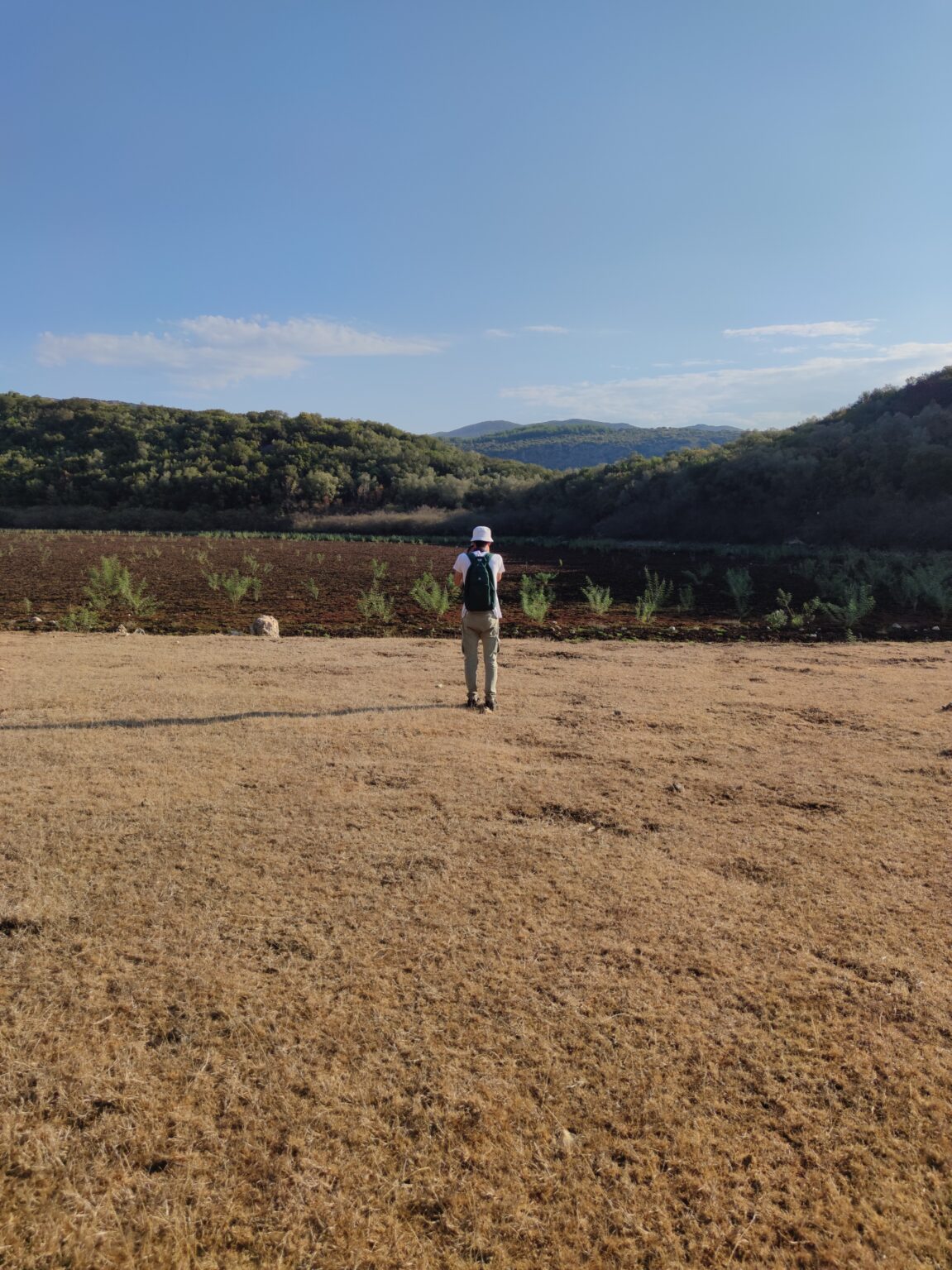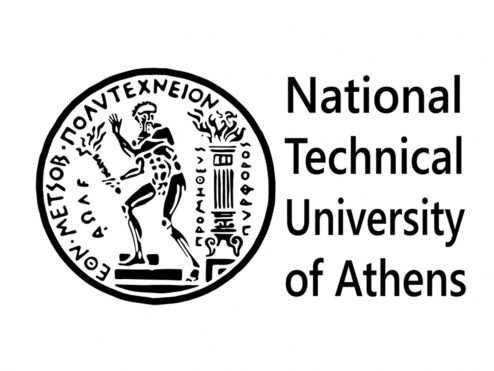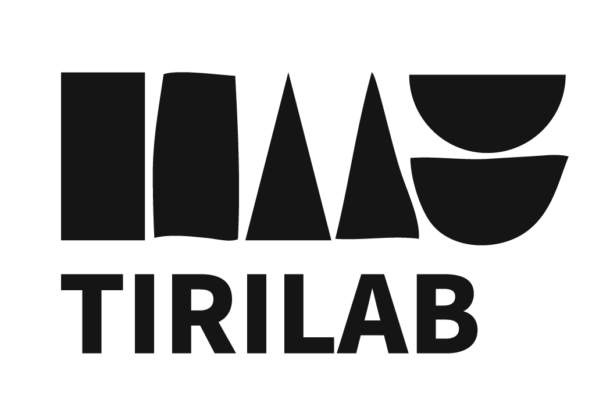One of the most important tasks in the architectural process is the recognition of place. This recognition goes beyond simply recording the visual elements of the landscape, which can be done through sketches and photographs. It involves engaging with all the local elements that affect every one of our senses. Smells, sounds, and textures are factors that demand our attention.
During our time in Morfi, alongside exploring the region’s other significant micro-landscapes, we encountered the former Lake Kalodiki. Former, because it is now dried up—not by choice. Mismanagement of the area’s natural water resources, including excessive water extraction for tourism, combined with increasing drought, led to the lake’s disappearance along with all forms of life associated with it.
Lake Kalodiki once surrounded an island. Over time, as water levels dropped, smaller lakes formed, eventually leading to the complete disappearance of this aquatic environment.
When weather conditions bring changes to the landscape, these changes are usually temporary and perhaps not very noticeable. However, in extreme cases of natural landscape degradation, another issue arises: the linguistic one. The local vocabulary evolves, as the terms once used—water, lake, island—are replaced by soil, meadow, and hill. Thus, we are no longer recognising an unfamiliar place but reinterpreting an unrecognisable landscape.
Alongside the basic vocabulary, the associated terminology changes too, encompassing the local flora and fauna, as well as the sensory experiences and lived memories of the local community. Our visit to Kalodiki offered the rare opportunity to observe and collect objects and forms typically hidden by nature, such as the lakebed’s structure, freshwater snails, lily roots, and more.
Finally, we created several cross-sections and plans of the lake, illustrating its water levels over the years, providing a detailed account of Kalodiki’s gradual desiccation. We hope that in the future, the lake will be restored, transforming the material we’ve gathered and documented into nothing more than historical and archival evidence from the time when the lake had disappeared.

Text and panel production by: Orestes Nikolaides, NTUA student



